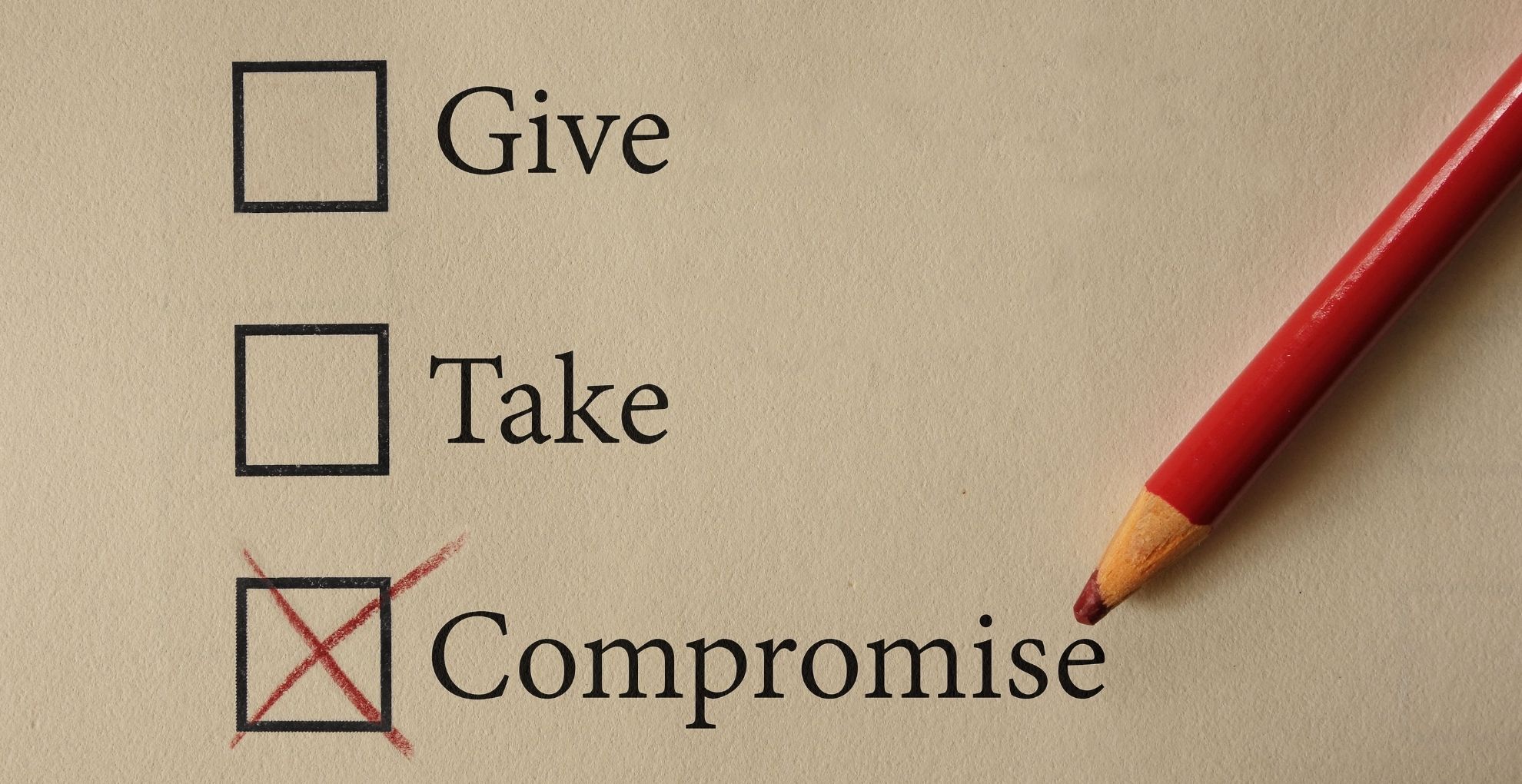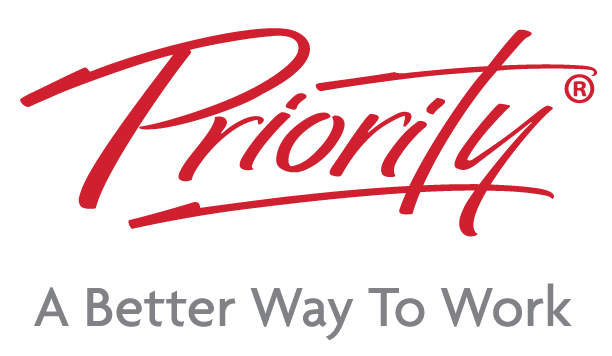Stress is something everyone experiences, but it drains each person in different ways. Likewise, not all stress is the same. Whether in your personal or professional life, the key is learning how your stressors affect you, and how to handle stressful things in ways that protect your energy, productivity, and mental health over time.
Stress buildup doesn’t just affect your mood; it drains your focus and motivation, even causing trouble sleeping, health problems or serious illness. The good news is that with the right strategies, you can manage stress with ease and stop it from taking over.
That’s where the 4 A’s of stress management framework stands out. It’s a simple, practical tool to help you stay balanced, focused, and in control, no matter what major challenges come your way.
What Are the 4 A’s of Stress Management?
The 4 A’s framework lays out a clear, structured approach to managing stress that you can apply right away. It’s all about learning to identify what’s in your control and what isn’t in an attempt to focus your energy where the biggest impact can be made.
So, what does each “A” stand for?
Avoid – Identifying and Minimising Stress Triggers
 It’s often easier to nip something in the bud than deal with a growing problem or challenge. In this context, the key is catching stress triggers before they have a chance to spiral. It’s not about ignoring responsibilities altogether; it’s about setting boundaries and being intentional.
It’s often easier to nip something in the bud than deal with a growing problem or challenge. In this context, the key is catching stress triggers before they have a chance to spiral. It’s not about ignoring responsibilities altogether; it’s about setting boundaries and being intentional.
One way to start doing this is by paying attention to the events, people, or your own habits and behaviours that you find draining. Think about what boosts you as well, and write them down if that’s helpful to you.
After you’ve gathered this valuable information, use the “avoid” method to remove any potential stressors you can. Start by:
- Saying no when your plate is already full. This removes the stress of an overwhelming workload.
- Avoiding difficult people. You’re not going to get on with every single person you meet. Consider swapping desks or keeping your door shut when necessary.
- Keeping work and home life separate. Concentrating on personal and family life allows you time to recharge away from the workplace.
- Reducing digital distractions. Helps you maintain focus and avoid a constant stress response.
Example: Your phone buzzing all day can cause an unnecessary stress response and reduce concentration, even sending you into a state of fight or flight. To avoid this, turn all non-essential notifications off and set designated no-screen times throughout the day.
Alter – Changing Your Response to Stressful Situations
Let’s be honest, no one can avoid stress completely. It is, unfortunately, a natural part of daily life. Things come at us quickly, work situations are ever-changing and new challenges arise all the time.
 You can, however, try to change (or alter) these types of situations. That’s what the second “A” in the framework focuses on. It’s at this stage that you need to start focusing on what’s in your control.
You can, however, try to change (or alter) these types of situations. That’s what the second “A” in the framework focuses on. It’s at this stage that you need to start focusing on what’s in your control.
So, how can you alter your response when you feel stressed?
- Communicate clearly. If someone’s actions or behaviours are causing you stress, say something rather than letting tension build up.
- Be open to compromise and finding a happy middle ground. Altering a stressful situation often involves changing some of your own behaviour patterns, not just expecting others to do so.
- Improve your time management. Lots of stress comes from poor planning. Learn to prioritise what’s urgent and important to avoid stressful deadline rushes. Tools such as the Eisenhower Matrix can help you handle your to-do list better.
Example: If a colleague keeps throwing last-minute requests at you, speak to them about your current deadlines and capacity in an open and respectful way. These types of conversations can turn potential conflict (very stressful) into collaboration (very productive).
Adapt – Shifting Perspective and Building Resilience
If stage one and two haven’t worked, your next challenge is adapting to the situation. Lots of this involves reframing, focusing on the positives, cutting out negative energy and building a toolkit to handle future challenges differently.
At work, you’re likely to be involved in high-stakes or large-scale projects. While this is exciting, it naturally comes with lots of added pressure. However, if we unpack this, the heightened stress levels often come from the pressure to succeed rather than the actual work itself. Applying the “adapt” step here might look like a mindset shift. Remind yourself what you’re good at and nail that, rather than demanding perfection above your capabilities.
 To put “adapt” into practice:
To put “adapt” into practice:
- Reframe problems. Try approaching stressful situations through a different lens. What can you learn from them? Switch the narrative and take a more positive perspective. Take the time to remind yourself of your own positive qualities.
- Adjust your standards. Part of adapting is learning to practice forgiveness both towards yourself if you miss your goals, and other people if targets aren’t met. Aiming for perfection is a major stressor in itself. Learn to redefine success where necessary. This isn’t about sticking inside your comfort zone, but rather setting realistic expectations.
Embrace stress-relief techniques. Journaling, mindfulness, and starting to practice gratitude can help shift your mindset.
Example: If a project falls off track, rather than focusing on what went wrong, list three things that went well. This simple gratitude practice can help shift your mindset and make post-project reflections more helpful moving forward.
Accept – Embracing What You Can’t Control
Sometimes things are just completely out of your hands. That’s where the final “A” comes into play. Learning to accept things rather than continuing to fight a situation can be the difference between balance and burnout.
Acceptance shouldn’t be confused with simply giving up. It’s about learning to recognise what’s out of your control so you can redirect your energy to areas you can really make a difference.
 Many of the tools and practices from the first three A’s can help here, too. Over time, these healthy coping strategies strengthen your resilience. Try to:
Many of the tools and practices from the first three A’s can help here, too. Over time, these healthy coping strategies strengthen your resilience. Try to:
- Practise mindfulness. Deep breathing exercises can calm your nervous system in minutes, meditation can help you take a beat before reacting, and a short walk can help you reset.
- Move away from perfectionism. Remind yourself that “good enough” is often more than enough.
- Use coping mechanisms for unavoidable stress. Take a deep breath, stretch at your desk or reach for the journal. Don’t see this as an unpleasant chore; view it as a way to regain control.
Example: If a project delay arises, take a few slow breaths and remind yourself: “This is outside my control.” In such cases, this acceptance helps release unnecessary tension and focus your energy where you can make a difference.
Why Stress Management is Important for Productivity
Techniques like the four “A’s” framework are crucial for reducing daily stress, avoiding unnecessary stressors, developing manageable and reasonable standards, and helping you look at the big picture.
Stress doesn’t just affect your mood; it drains mental energy. When your mind is overloaded, even simple daily tasks can feel overwhelming. By learning to manage stress effectively, you free up energy that would otherwise be spent worrying or reacting. This allows you to think more strategically, communicate more effectively, and stay productive without burning out.
Putting the 4 A’s Into Practice for Energy and Focus
Applying all four A’s creates a sustainable balance that protects your long-term well-being and boosts your productivity. It’s not a quick fix, it’s a continuous cycle of behaviours:
- Start by identifying avoidable stress.
- Next, alter things within your control.
- Adapt your mindset when challenges arise
- Finally, accept the things you simply cannot change.
Start small. Begin by applying just one “A” of stress management today. Can you say no to an extra task on an already full schedule? Could you reframe negative thoughts to focus on what’s going right instead of what’s going wrong?
Taking control of your stress is crucial for both your mental and physical health, emotional energy and personal growth. Ready to take the next step? Learn practical tools for managing your energy and maintaining focus in an Energy Management course with Priority Management.
